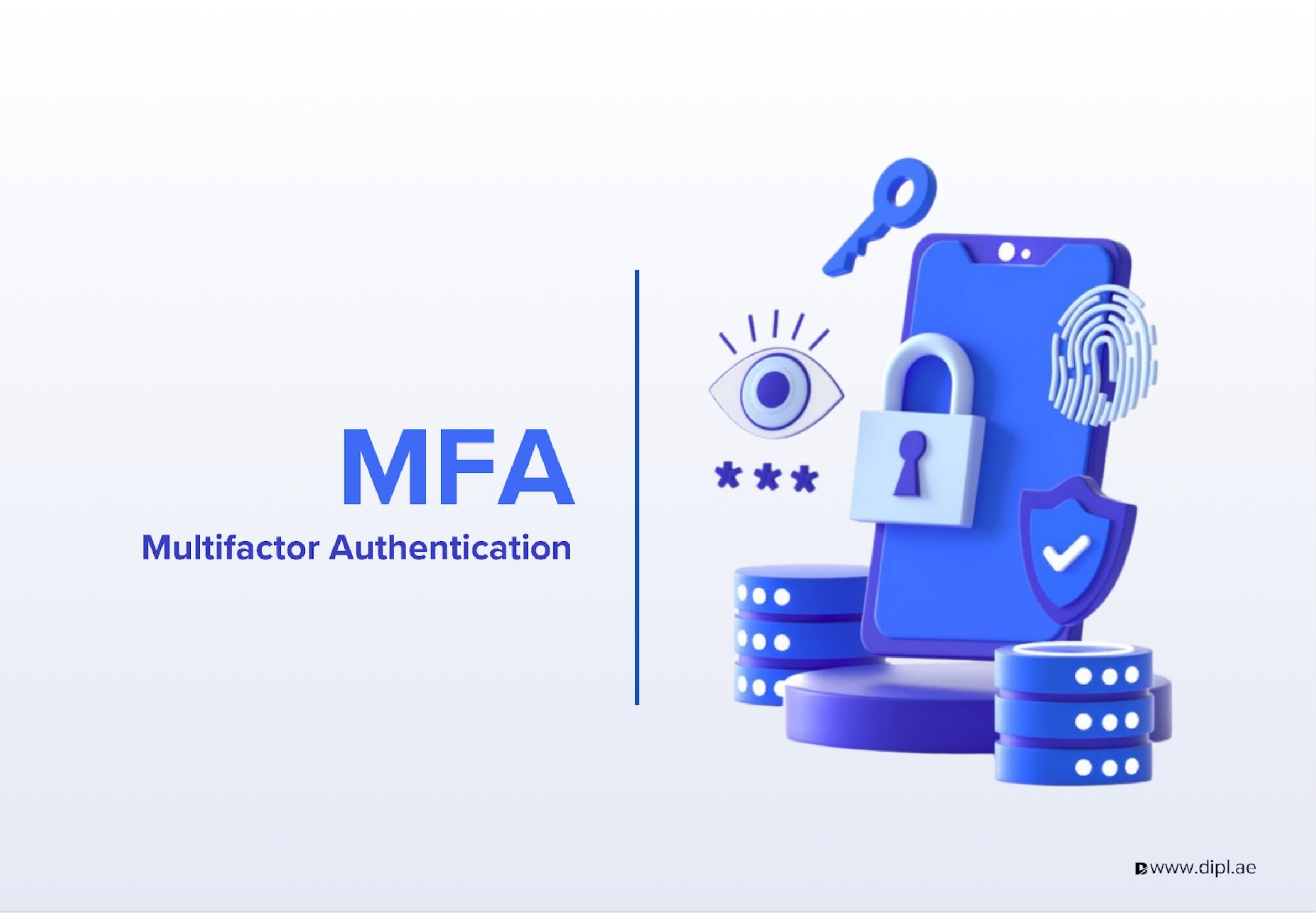In an age where cybersecurity threats are increasing at an alarming rate, securing sensitive information has become more important than ever. While traditional password-based security has been the standard for years, it’s no longer sufficient on its own.
This is where Multifactor Authentication (MFA) steps in, offering an added layer of protection. In this blog, we’ll dive deeper into MFA, exploring its significance, benefits, and the various methods available to strengthen security.
Whether you’re a cybersecurity professional, IT manager, or business leader, understanding MFA is crucial for safeguarding your organization’s data and ensuring compliance with industry standards.
What is Multifactor Authentication (MFA)?
Multi-Factor Authentication (MFA) is a robust security mechanism that requires users to provide two or more distinct verification factors to gain access to systems, accounts, or applications.
Unlike traditional single-factor authentication (e.g., a password), MFA adds additional layers of security. This makes it significantly harder for unauthorized users to breach accounts.
For professionals working in Cybersecurity, IT Security, and Data Protection roles, this added layer of security is crucial in safeguarding sensitive data.
Why is MFA Needed?
Passwords alone are no longer adequate to protect accounts.
Cybercriminals use techniques like phishing, brute force attacks, and credential stuffing to steal passwords and gain unauthorized access. MFA addresses this vulnerability by requiring additional proof of identity, ensuring that even if a password is compromised, the account remains secure.
Key reasons MFA is needed:
- Rising Cyber Threats: Data breaches and identity theft are on the rise.
- Weak Passwords: Many users still rely on weak or reused passwords.
- Remote Work: With more people working remotely, securing access to corporate systems is crucial.
- Regulatory Compliance: Many industries require MFA to meet security standards like GDPR, HIPAA, and PCI DSS.
MFA serves as a critical defense mechanism against unauthorized access. By implementing MFA, organizations not only protect their sensitive data and systems but also demonstrate their commitment to security best practices.
Examples of MFA in Action
MFA is widely used across various platforms and industries. Here are a few examples:
- Online Banking: Logging into your bank account often requires a password and a one-time code sent to your phone.
- Email Services: Platforms like Gmail or Outlook may ask for a fingerprint scan or a code from an authenticator app.
- Corporate Networks: Employees may need a smart card and a PIN to access company systems.
- E-commerce: Websites such as Amazon may prompt for a code sent to your email or phone during checkout.
These examples highlight the importance of MFA for professionals in Digital Transformation, Enterprise Security, and IT Infrastructure.
How does MFA Work?
MFA works by combining two or more of the following authentication factors:
- Something You Know: A password, PIN, or security question.
- Something You Have: A smartphone, hardware token, or smart card.
- Something You Are: Biometric data like fingerprints, facial recognition, or voice patterns.
For instance, when logging into a system, the process typically involves the following steps:
- You enter your password (something you know).
- You receive a one-time code on your phone (something you have).
- You enter the code to complete the login process.
This multi-layered approach ensures that even if one factor is compromised, the account remains protected. For Tech Leaders and IT Professionals, understanding this process is key to implementing robust security measures.
Benefits of MFA
Implementing MFA offers numerous advantages:
- Enhanced Security: Adds extra layers of protection against unauthorized access.
- Reduced Risk of Data Breaches: Makes it harder for attackers to exploit stolen credentials.
- Improved Compliance: Helps organizations meet regulatory requirements.
- User Confidence: Builds trust by demonstrating a commitment to security.
- Cost-Effective: Prevents costly breaches and downtime.
These compelling benefits make MFA an essential component of modern cybersecurity architecture. As organizations face evolving security challenges, implementing MFA demonstrates a proactive approach to risk management. The return on investment is clear – stronger security and enhanced protection make MFA indispensable in the ever-changing digital environment.
Methods of MFA
There are several MFA methods available, each with its own strengths:
- SMS-Based Codes: A one-time code is sent to your mobile phone via text message.
- Authenticator Apps: Apps like Google Authenticator or Microsoft Authenticator generate time-based codes.
- Hardware Tokens: Physical devices like YubiKey that generate codes or use USB/NFC for authentication.
- Biometric Authentication: Uses fingerprints, facial recognition, or iris scans.
- Email-Based Codes: A one-time code is sent to your registered email address.
- Push Notifications: A notification is sent to your smartphone, which you approve to log in.
- Smart Cards: Physical cards with embedded chips that require a PIN for access.
For Security Experts and Technology Innovators, choosing the right MFA method depends on the specific needs of your organization and the level of security required.
Final Thoughts
Multifactor Authentication (MFA) is now a necessity in the evolving cybersecurity environment. MFA enhances security by requiring multiple forms of verification, significantly lowering the risk of unauthorized access and preventing data breaches.
Whether you’re an individual looking to protect your online accounts or an organization safeguarding sensitive data, implementing MFA is a proactive step toward stronger security.
Want to protect your organization? DIPL is here to help. Enable MFA wherever possible and stay one step ahead of cybercriminals. Your data and peace of mind are worth it!
Stay informed, stay secure!

